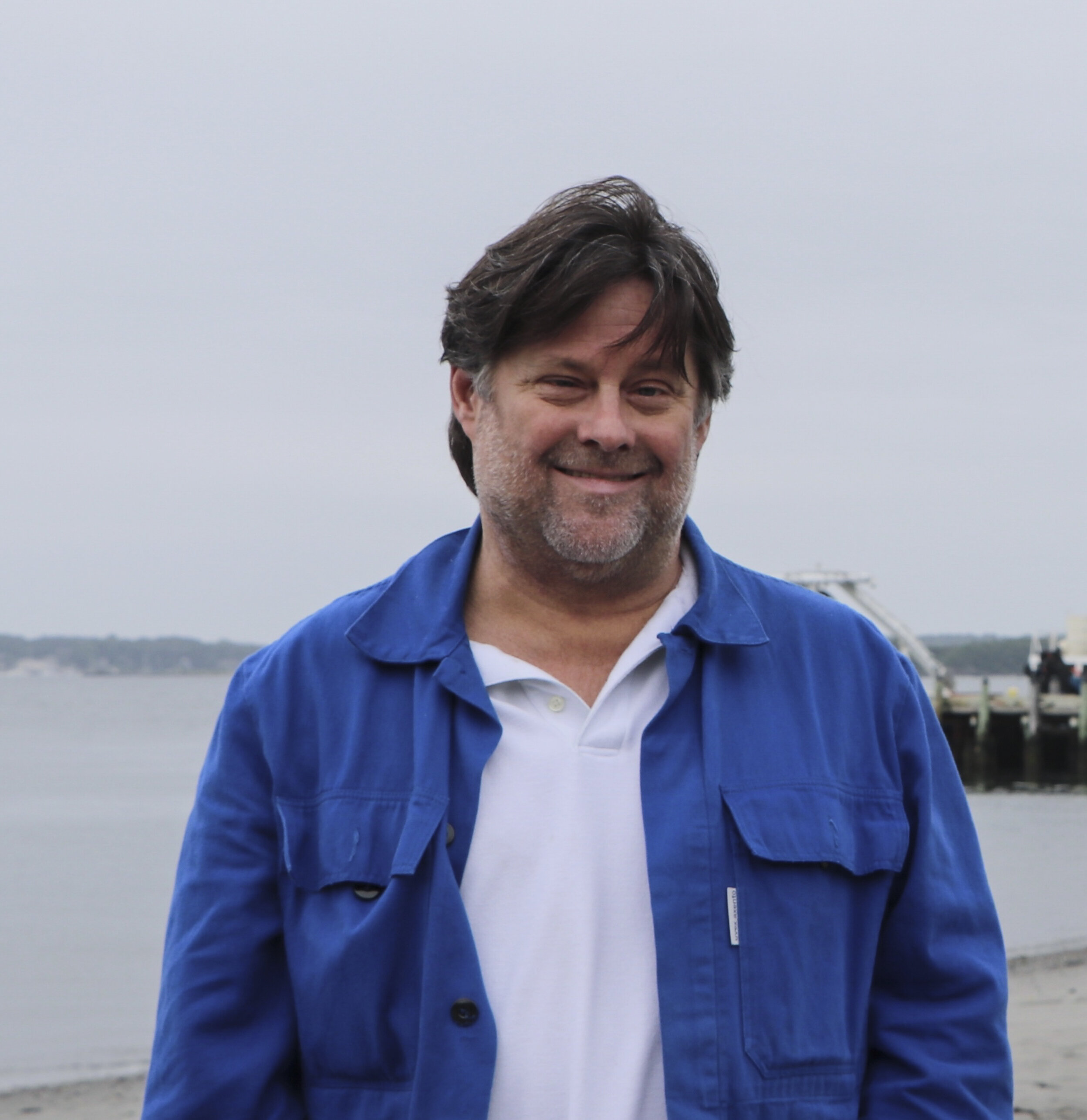Steve D’Hondt on Reviving a 100-Million-Year-Old Bacterial Colony
Steve D’Hondt is Professor of Oceanography at the University of Rhode Island. He studies life beneath the sea floor, and was a part of the team that discovered bacterial cells living in 100-million-year-old sediment. He explains how the bacteria managed to eke out a living for such a long time with barely any access to nutrients.
Listen to the podcast here or wherever you listen to podcasts.
Scroll down for illustrations that support the podcast. And add your comments at the bottom of the page.
Note - playing the podcast is not supported on Internet Explorer; please use any other browser, or listen on Spotify, Apple Podcasts, etc.
Podcast Illustrations
The sediments containing the 100-million-year-old bacteria were found in the abyssal clay on the sea floor in the South Pacific Gyre. In this region, the deposition rate is extremely slow, being of the order of centimeters over a million years. This means that the supply of nutrients to any life forms there would be extremely limited.
Courtesy of Education Development Center, Inc.
The JOIDES Resolution research vessel was used to drill into the abyssal clay at a depth of 6 km in the south Pacific Gyre to obtain the samples containing the ancient bacteria.
Courtesy of IODP
Cores of the abyssal clay being prepared for geological sampling. The cores were sampled for microbiology (i.e., the bacteria) before they were split in order to minimize the chance of contamination.
Photomicrograph of the cells from the ancient bacterial colony. The cells have been treated with a reagent that binds to DNA and fluoresces green under UV illumination. The scale bar represents 5 microns.
In this sample, compounds labeled with stable carbon and nitrogen isotopes have been added to the bacterial incubations. The yellow, red, and blue in this image show that the cells have incorporated nitrogen from the ammonia, i.e., that they are actively metabolizing nutrients
Graph showing the population of the ancient bacterial colony over time. The time is shown in days after the addition of nutrients. The number of cells increases from about 1,000 per cubic centimeter to about a million per cubic centimeter.







